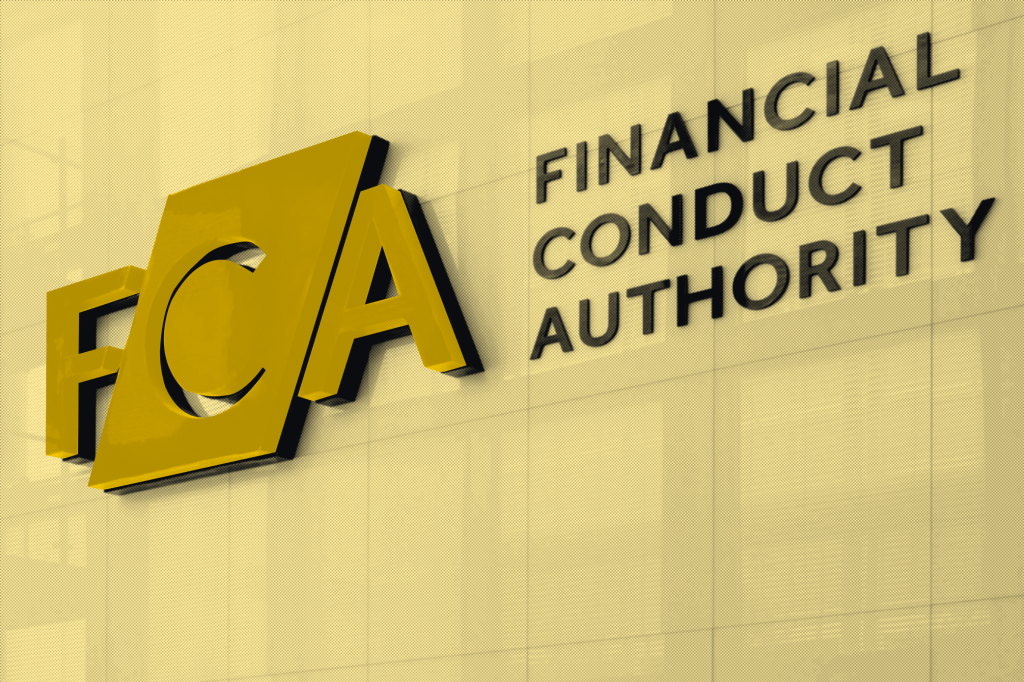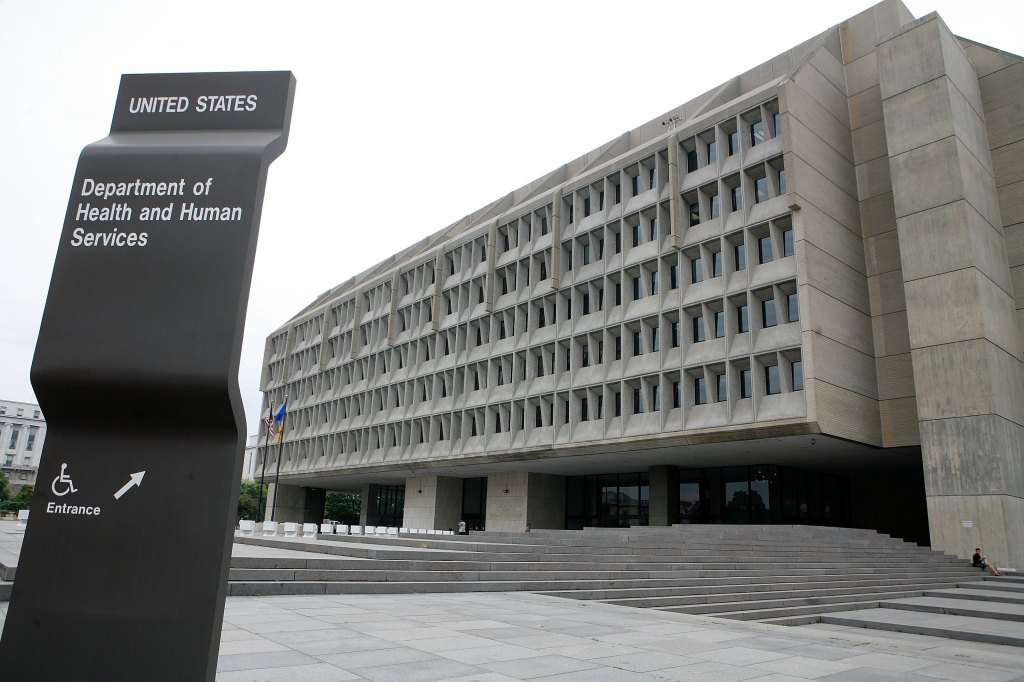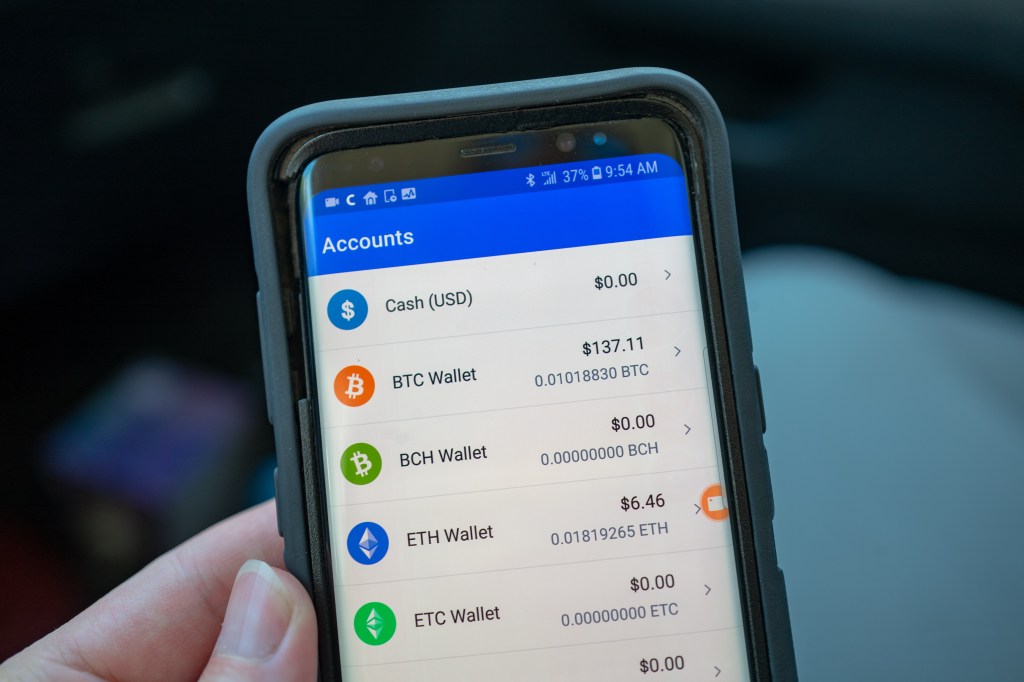On Tuesday, the US Federal Reserve said it is launching a new supervisory program to oversee activities of the banks it supervises related to cryptocurrency, distributed ledger or blockchain technology, and tech-oriented partnerships with nonbanks. The Fed says its goal is to complement its existing supervisory processes and strengthen
Register for free to keep reading.
To continue reading this article and unlock full access to GRIP, register now. You’ll enjoy free access to all content until our subscription service launches in early 2026.
- Unlimited access to industry insights
- Stay on top of key rules and regulatory changes with our Rules Navigator
- Ad-free experience with no distractions
- Regular podcasts from trusted external experts
- Fresh compliance and regulatory content every day













